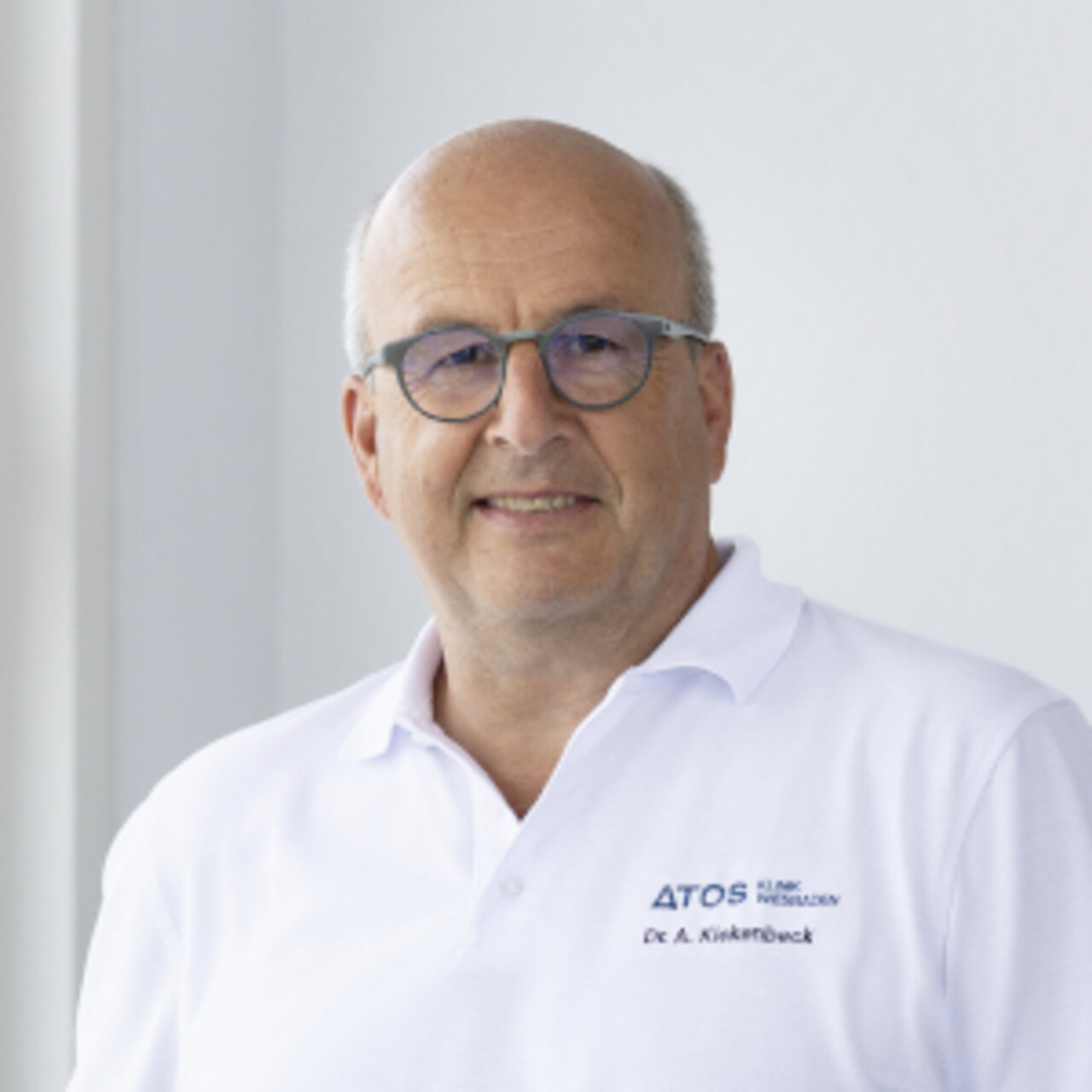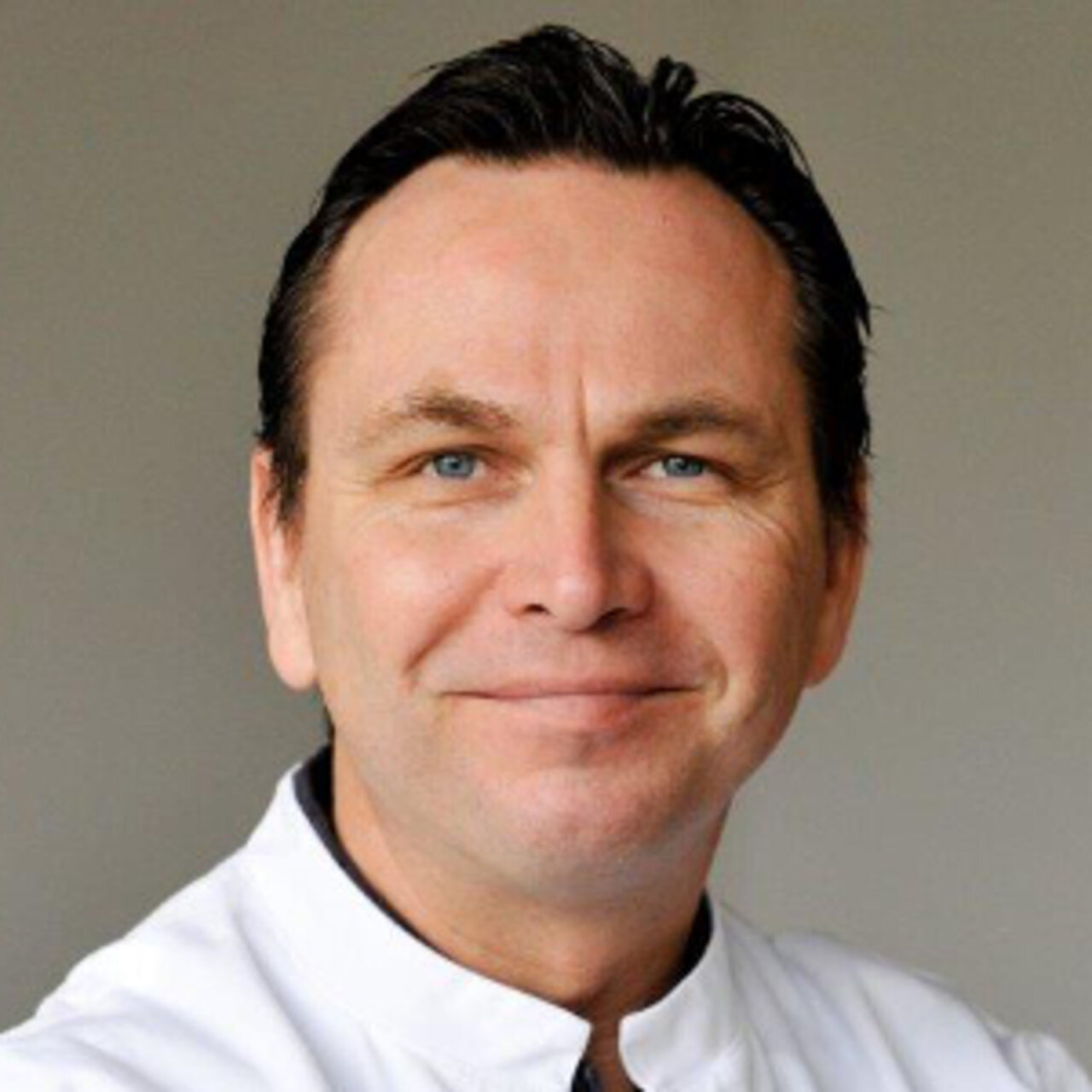Specialists in Osteoarthritis of the acromioclavicular joint
6 Specialists found
Information About the Field of Osteoarthritis of the acromioclavicular joint
What is osteoarthritis of the AC joint?
Acromioclavicular joint osteoarhritis (also called osteoarthrosis) is defined as a gradual degeneration of the layer of cartilage within the AC joint. The AC joint is formed by a bony projection of the shoulder blade (acromion) and the collarbone (clavicle) which makes it a functional component of the shoulder girdle.
Along with the sternoclavicular joint found between breastbone (sternum) and collarbone, it works as a mechanical unit that facilitates the elevation of the arm beyond the level of the shoulder.
How does acromioclavicular joint osteoarthritis develop?
Most of the time, AC joint osteoarthritis is considered idiopathic, meaning there is no identifiable cause. Because the protective articular cartilage wears off as a result of strain, the likely causes include chronic bad posture, long-term strain, excessive athletic practice, problems with blood supply and previous injuries.
What are the symptoms of AC joint osteoarthritis?
Usually patients first worry about a swelling of the skin on the shoulder that is sensitive to pressure. It stems either from associated inflammatory processes and soft tissue swelling or from osteophytic outgrowths of the bone structures involved. In most cases mobility of the arm is normal, but patients feel pain when raising the arm sideways more than 60 degrees along the longitudinal body axis.
How is AC joint osteoarthritis diagnosed?
To begin with, the specialist will conduct a clinical examination of the affected arm. There are very specific signs that point the way to a diagnosis which include only being able to raise the arm with pain, swollen skin over the joint with pressure pain as well as pain when the arm is abruptly pulled towards the body's center. Nevertheless, an X-ray should additionally be taken in order to rule out impingement syndrome (painful jamming of the tendons of the shoulder muscles beneath the acromion when lifting the arm).
A suspicious X-ray with characteristic signs of osteoarthritis is usually sufficient for diagnosis: the joint space is narrowed as a result of the degenerated cartilage layer and the bone underneath the cartilage appears hardened, cystic and with bony outgrowths as a result of overuse. The diagnosis can be confirmed as the physician injects a local pain medication directly into the joint space. If pain symptoms are effectively reduced by this injection, the suspected diagnosis is confirmed.
How to deal with AC joint osteoarthritis? What are the treatment options?
Conservative treatment methods
A conservative approach is preferred in the beginning. There are three cornerstones for conservative treatment of AC joint osteoarthritis: Injections of anti-inflammatory cortisone medications into the joint space along with prescribed pain killers will allow the patient to tolerate moderate exercise of the joint as part of physiotherapy.
AC joint osteoarthritis surgery
If a conservative approach fails to achieve the treatment goals, arthroscopic surgery is an option. This involves trimming the side end of the clavicle with a surgical burr and excising the swollen and inflamed soft tissue as well as any bone outgrowths. The aim is to reduce the pressure that acts on the joint. It is especially important to preserve the stabilizing ligaments, because damage to these structures has the potential to cause instability of the shoulder girdle.
Rehabilitation & prospects of recovery
After the surgery, the affected arm should also be mobilized by means of physiotherapeutic exercises. During this period, anti-inflammatory painkillers such as ibuprofen are prescribed to secure long-term success of the treatment.
Which doctors and clinics specialize in ACG therapy?
If you're in need for a doctor, you want the best possible medical care for yourself. So of course patients are curious to find out what clinic to go to. As there is no objective way to answer this question and a legitimate doctor would never claim to be the best, patients must rely on a doctor's experience.
Let us help you find an expert for your condition. All listed doctors and clinics have been reviewed by us for their outstanding specialization in AC joint osteoarthritis and are looking forward to your inquiry or request for treatment.





